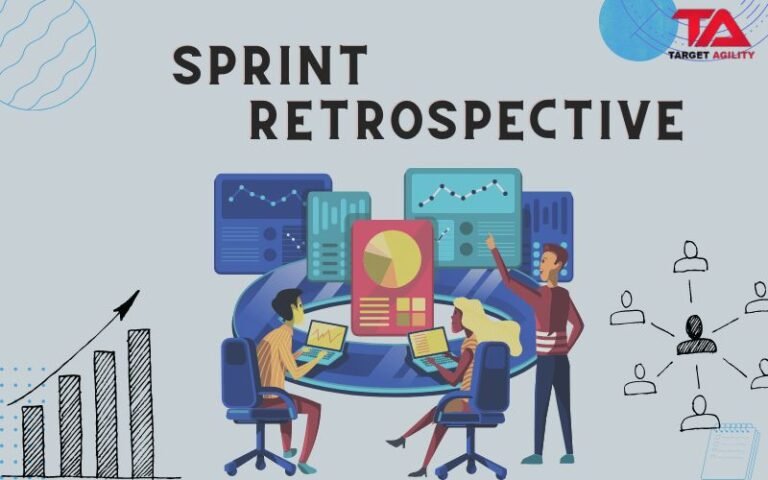Encouraging an inclusive Sprint Retrospective is essential to gaining insight from all members of the team and optimizing team growth.
Here are three essential tactics to make it happen.
Psychological Safety:
- Ground Rules: Establish ground rules early on that are explicit and emphasize no blame, active listening, and respect. Promote candid criticism that is centered on development rather than criticism.
- Anonymous or Silent Voting: When discussing delicate subjects, specifically, make use of anonymous contribution mechanisms such as sticky notes or internet forums.
- Icebreakers: To break the ice and ensure that everyone feels comfortable participating, start with simple exercises.

Inclusivity Practices:
- Fair Participation: Don’t just let the biggest voices speak; encourage all team members to discuss their opinions and experiences. Prior to a discussion, employ strategies like “quiet time” or round-robin sharing.
- Variety of Activities: Select a range of solo and group pursuits that accommodate various tastes and modes of communication. While some people could flourish in talks, others would prefer to write.
- Accessibility: Make sure that everyone, including those with disabilities or distant coworkers, can participate in the selected activities and tools. For audio talks, think about utilizing closed captions or live transcriptions.
Emphasize Collaboration
- Active Listening: Encourage everyone to listen intently to one another’s viewpoints without interjecting. This encourages a sense of belonging and helps to establish trust.
- Group Ownership: Rather than designating a facilitator, think about alternating the position or letting the group select the exercises and conversation points. This encourages participation and ownership among everybody.
- Appreciation & Kudos: Expressions of gratitude and congratulations should be given to each member for their unique contributions to the team’s advancement. Positive reinforcement and trust are fostered by this.
Additional Tips
- Accessibility: Take into account the requirements of team members with impairments in terms of accessibility, such as offering closed captions or transcripts for online retrospectives.
- Remote Inclusivity: Provide asynchronous participation choices and take into account time zone differences while working with remote team members.
- Follow-up and Accountability: To guarantee progress and show accountability, action items need to be precisely specified, allocated, and monitored.
Conclusion
In Agile, creating an inclusive team environment is crucial for collaboration, innovation, and continuous improvement. The Sprint Retrospective offers a unique opportunity to cultivate inclusivity within the Scrum framework.










